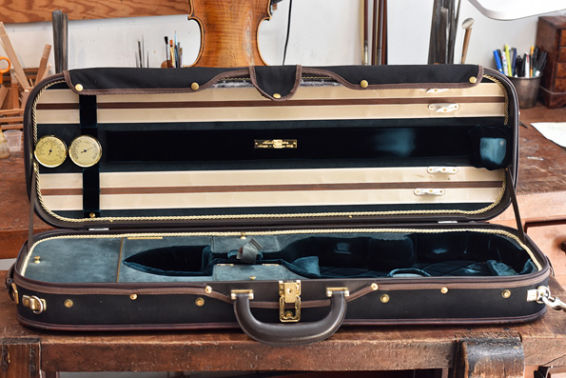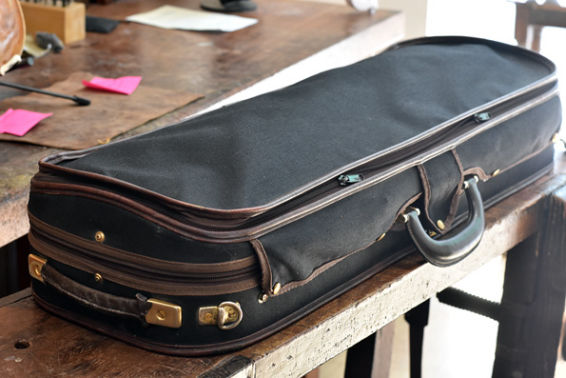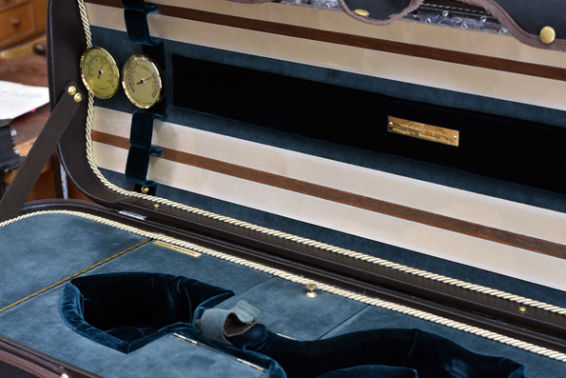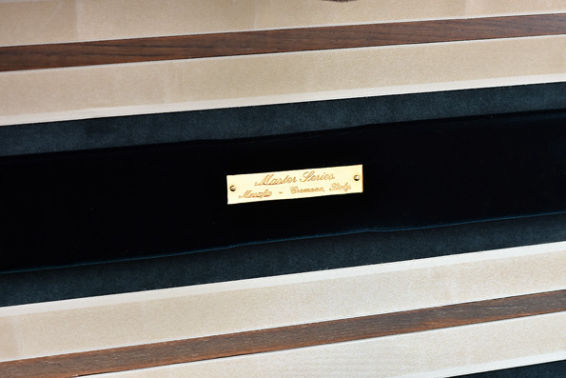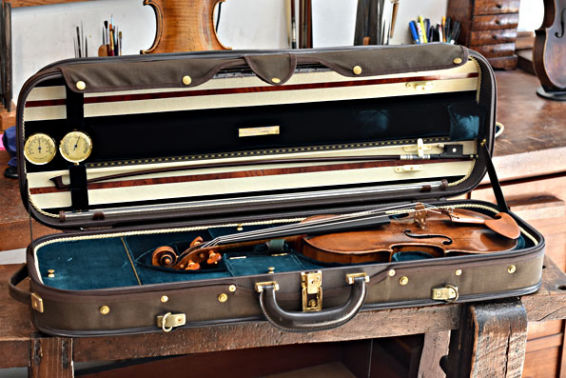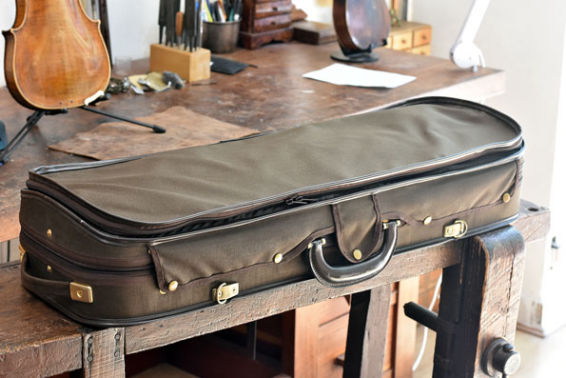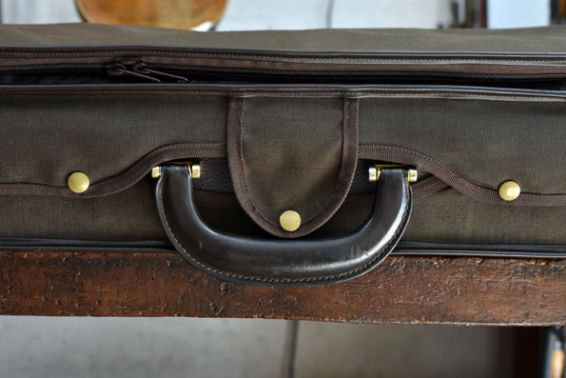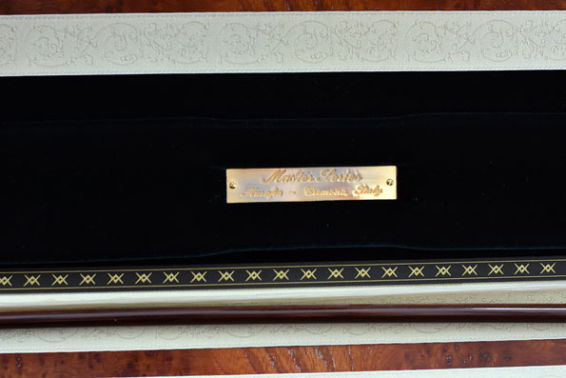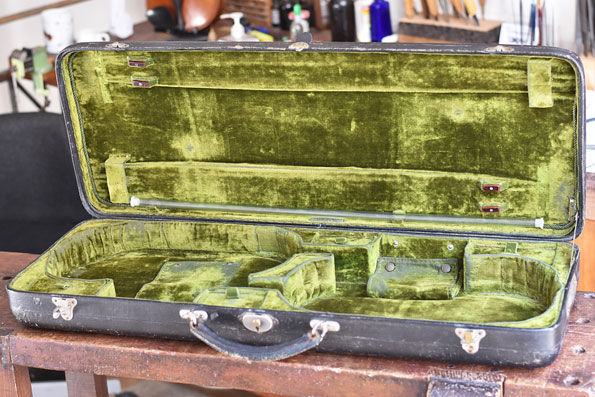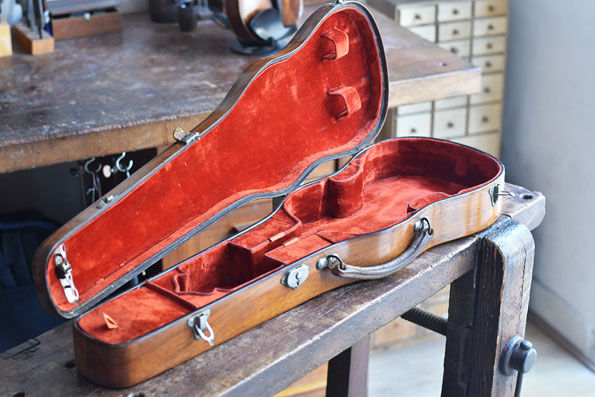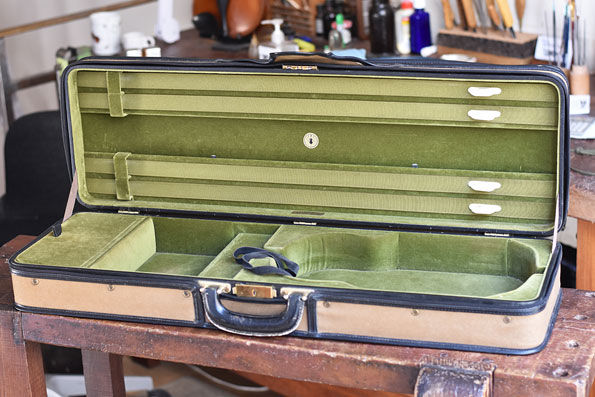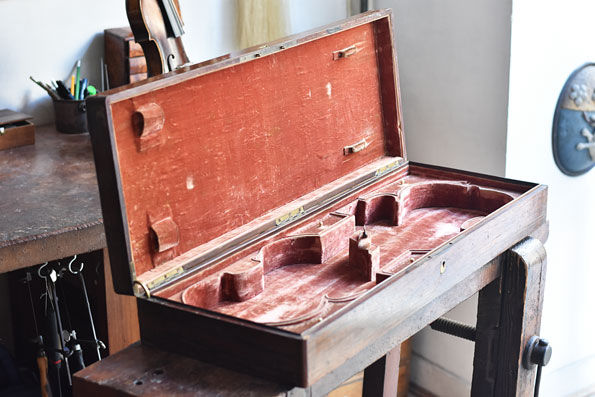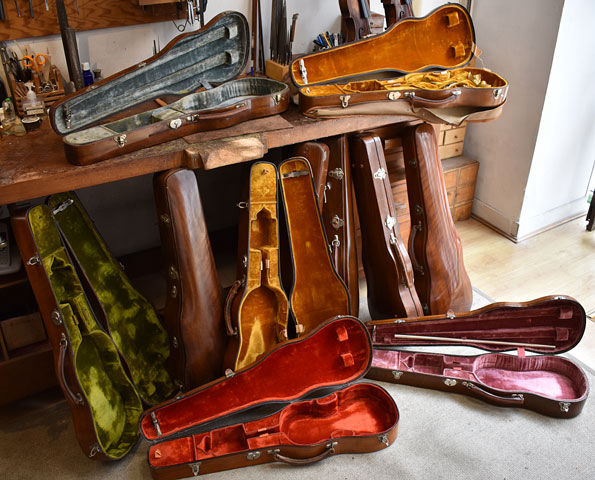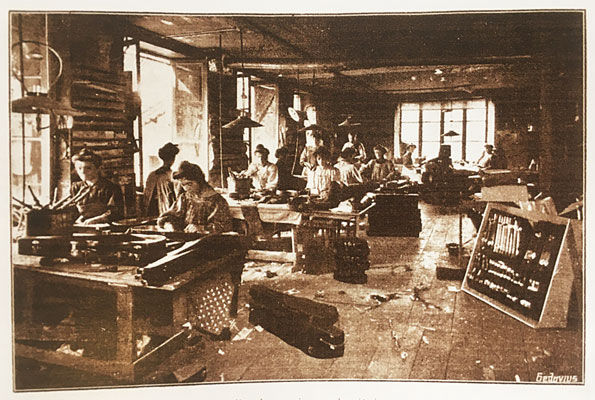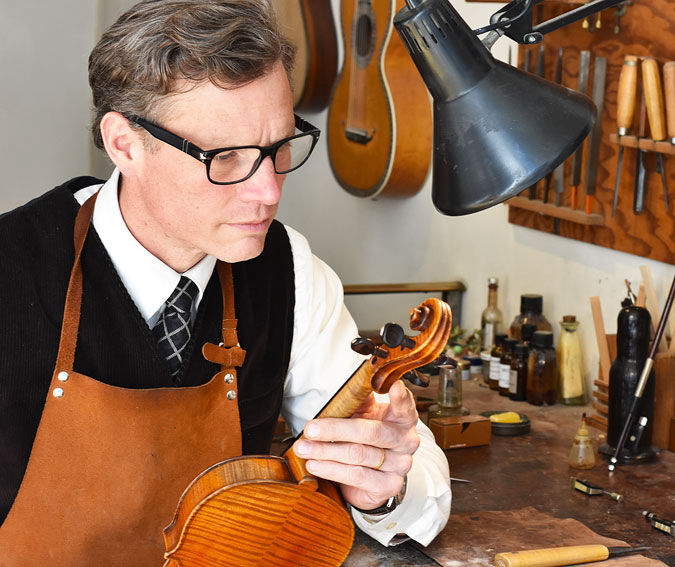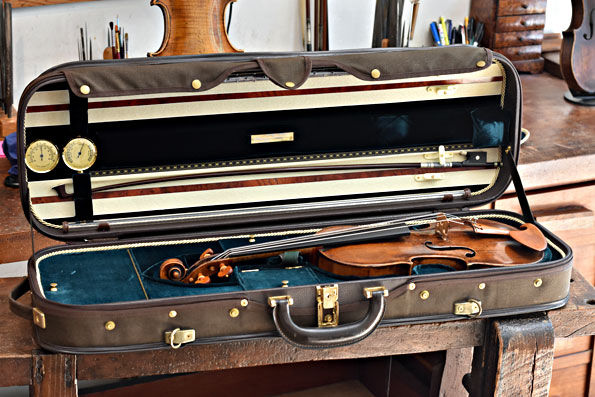
Musafia Master series violin case
Before embarking on the twisty road towards the future of violin case construction, Violin Insider takes a look in the rearview mirror: In 2004 working as professional violinist I was about to begin a four-year intensive concert tour in France and I wanted to find the best possible case. As I researched the different types of cases online, the only case maker that provided any scientific data and research on the ability of their cases to protect the instrument was Musafia in Italy.
